
Patients with multiple sclerosis (MS) reported higher rates of harassment and criticism in the workplace than their healthy counterparts, even after informing employers and coworkers about their diagnosis.

Patients with multiple sclerosis (MS) reported higher rates of harassment and criticism in the workplace than their healthy counterparts, even after informing employers and coworkers about their diagnosis.

Amid the COVID-19 pandemic, health professionals reported difficulty accessing Parkinson disease medications, particularly in low-income countries, leading to greater disability of patients as a result.

Researchers found that 12% of patients underwent testing even after care teams determined they were actively dying of chronic obstructive pulmonary disease (COPD) and the aim of care shifted to comfort.

The passing of Supreme Court Justice Ruth Bader Ginsburg has thrown an already contentious election season into greater limbo, as her death and potential replacement could result in substantial changes to the future of the Affordable Care Act and women’s reproductive rights.
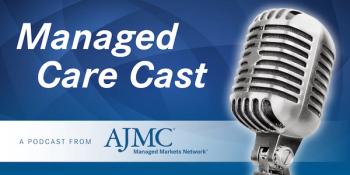
Allison Brennan, MPP, discusses legislation that would affect accountable care organizations (ACOs), the impact coronavirus disease 2019 had on ACOs, and the fall National Association of ACOs meeting.

Although innovations in cancer treatment have driven down overall cancer death rates and increased the number of survivors living with cancer, that progress has not benefitted everyone with cancer equally.

In this episode of Managed Care Cast, Erin L. Duffy, PhD, MPH, and Loren Adler, MS, discuss the findings of their study, “Policies to Address Surprise Billing Can Affect Health Insurance Premiums.”
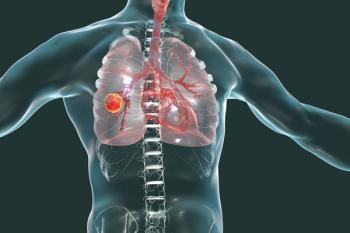
More than half of the patients in this study, with either non–small or small cell lung cancer, experienced changes in their treatment plan during the coronavirus disease 2019 pandemic this spring.

At the heart of a defensive strategy against ransomware and other cybersecurity risks is a cloud-based approach to protecting data.
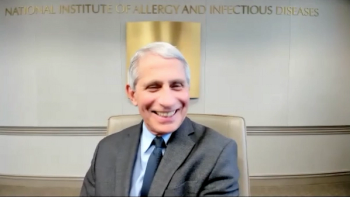
Anthony Fauci, MD, director of the National Institute of Allergy and Infectious Diseases, spoke recently with The American Journal of Managed Care®. During the interview, we asked about health burdens that disproportionately affect Black and other multiracial US communities.

In this episode of Managed Care Cast, we share a little bit of our forthcoming interview with Georges C. Benjamin, MD, executive director of the American Public Health Association, which will appear in the September issue of The American Journal of Managed Care®.

Oncology drug costs affect those entering into risk-based arrangements, and these groups must rethink their approach to evaluating risk.

Proposed CMS rules would make it easier for state Medicaid programs to smooth the way for value-based contracts for high-cost gene therapies.

To reduce poor outcomes from heart failure care disparities, Danish researchers probed the link between individual socioeconomic factors and care quality for patients with reduced ejection fraction.

Given the constraints prevalent post-COVID-19, Dr Mark Fendrick, director of the University of Michigan Center for Value-Based Insurance Design, stresses that it is now more important than ever for the health care industry to prioritize payment reform, value-based benefit design, and novel policy initiatives.

AJMC interviews Jill A. Fisher, PhD, author of a new book, Adverse Events: Race, Inequality, and the Testing of New Pharmaceuticals. Her research took her inside clinical testing sites for phase 1 drug studies.

The coronavirus disease 2019 (COVID-19) vaccines that are leading the pack are utilizing a new vaccine technology that has never been approved for human use by the FDA. As a result, there are a lot of unknowns.

The ruling reversed a lower court ruling regarding the drug discount program for hospitals that serve patients covered by Medicaid.

Among Medicare enrollees, there was substantial between-practice variation in the use of second-generation diabetes drugs between 2007 and 2015, according to a study published in JAMA Network Open. Data also revealed a concentration of use among a few prescribers and practices, who were responsible for widespread early diffusion.

Between 1997 and 2012, the inpatient burden of migraine cost rapidly increased in the United States, according to a study published in PRS Global Open.

For patients with rheumatoid arthritis (RA), cost can play a role in patient adherence to medication, but the presence of comorbidities does not impact cost of care for patients, according to 2 abstracts presented at the Virtual 2020 International Society for Pharmacoeconomics and Outcomes Research meeting.
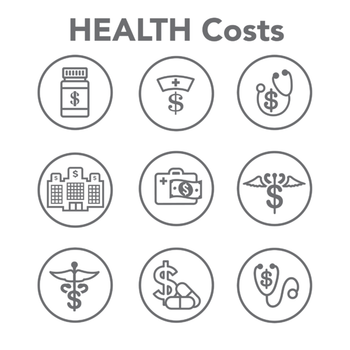
According to study findings, continuous duodenal levodopa/carbidopa infusion was indicated as the most expensive second-line therapy in advanced stage Parkinson disease compared with deep brain stimulation and continuous subcutaneous apomorphine infusion.
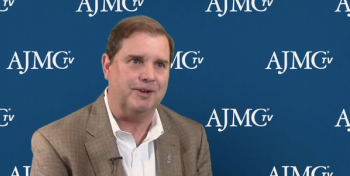
Transformational changes in cancer care can bring forth important innovations, but all those come at a cost, said Ray Page, DO, PhD, president and director of research at The Center for Cancer and Blood Disorders.

In a webinar moderated by Thomas Parry, PhD, president of the Integrated Benefits Institute, an employer panel discussed value, application, and barriers to strategies involving the integration of employee needs and interests into benefit programs.


259 Prospect Plains Rd, Bldg H
Cranbury, NJ 08512
© 2025 MJH Life Sciences®
All rights reserved.
